San Miniato: art, crafts, good food and a rich history in the heart of Tuscany. Placidly nestled in the hills halfway between Pisa and Florence, San Miniato is one of the pearls of the region within which it has always played a far more important role than its size might suggest. Culturally, economically and politically, for centuries San Miniato has been a major player in the affairs of Tuscany, and now the legacies of this important history are still clearly visible as you walk through its streets and delve into its churches, courts and palaces. San Miniato is today the capital of the important leather district, but it is above all a treasure chest that preserves authentic treasures that tell of its past and are all to be discovered at a slow pace and with eyes lost on the horizon of the Tuscan hills. However, San Miniato is also a must for lovers of good food thanks to its white truffle, first and foremost, but also to many other world-famous products. Here are the must-see stops on your visit to San Miniato.
In the heart of the old city, on the Duomo lawn, stands the ancient cathedral of San Maria Assunta and San Genesio. This imposing 12th-century building is one of the best-known symbols of San Miniato; its Pisan Romanesque facade is completely covered with red bricks between which are inserted 26 decorated ceramic basins. Inside, on the other hand, the style is purely neo-Renaissance with a profusion of Baroque decorations, while the coffered ceiling is richly carved according to seventeenth-century taste. The cathedral in its long history was also the scene of a tragic bombing that, on July 22, 1944, cost the lives of 55 people who had taken refuge here and inspired the Taviani brothers’ masterpiece La notte di San Lorenzo.
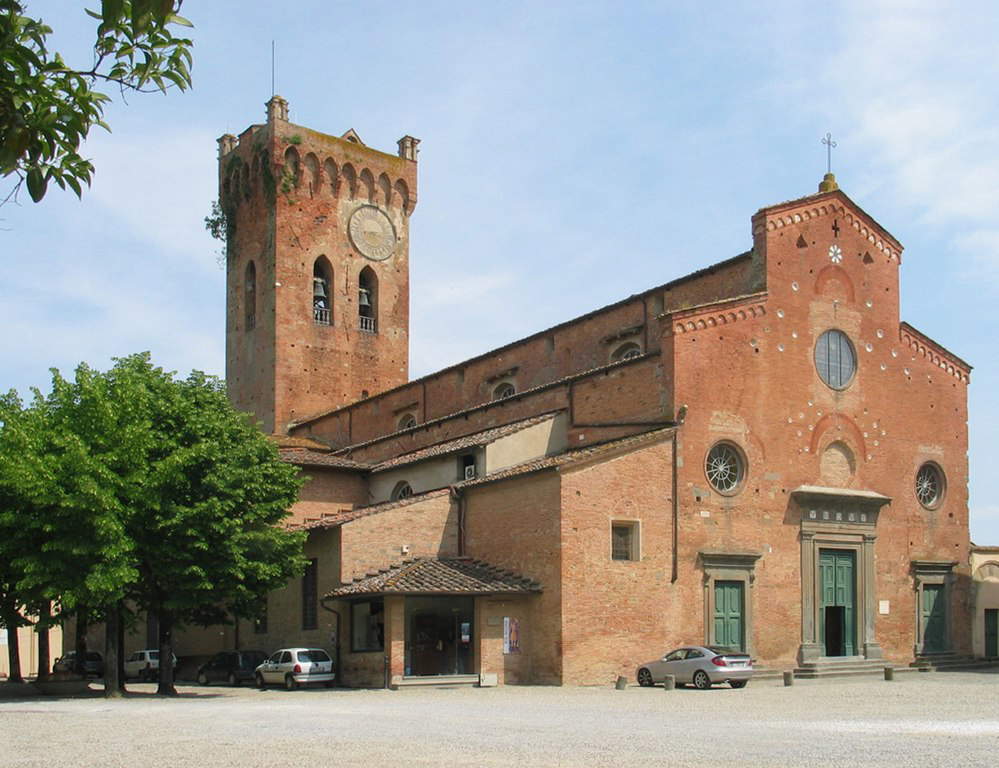
The splendid palace of the Episcopal Seminary is the building that perhaps best testifies, with its austere grandeur and its style at once clean and refined, to the importance of San Miniato in the affairs of this corner of Tuscany. Built following the ancient outline of the medieval walls, the seminary has gradually expanded since 1622 when the Diocese of San Miniato was established. Today this Renaissance-style building no longer houses young seminarians, but is home to municipal and diocesan offices, associations and religious institutes as well as the Seminary Library, a precious archive of unpublished and ancient documents and books.

This 16th-century church originally belonged to the Augustinian friars of the Lecceto congregation. Its façade is made of brick and blends admirably with all its surroundings; however, one only has to cross the doorway to find oneself in a quite different environment, where frescoes and sculptures of fine workmanship stand out, the result of work carried out between the 17th and 18th centuries. In particular, the Church of the Santissima Annunziata is famous for its dome, hidden on the outside by a tall octagonal drum, decorated with a fresco by Anton Domenico Bamberini celebrating the coronation of the Virgin.
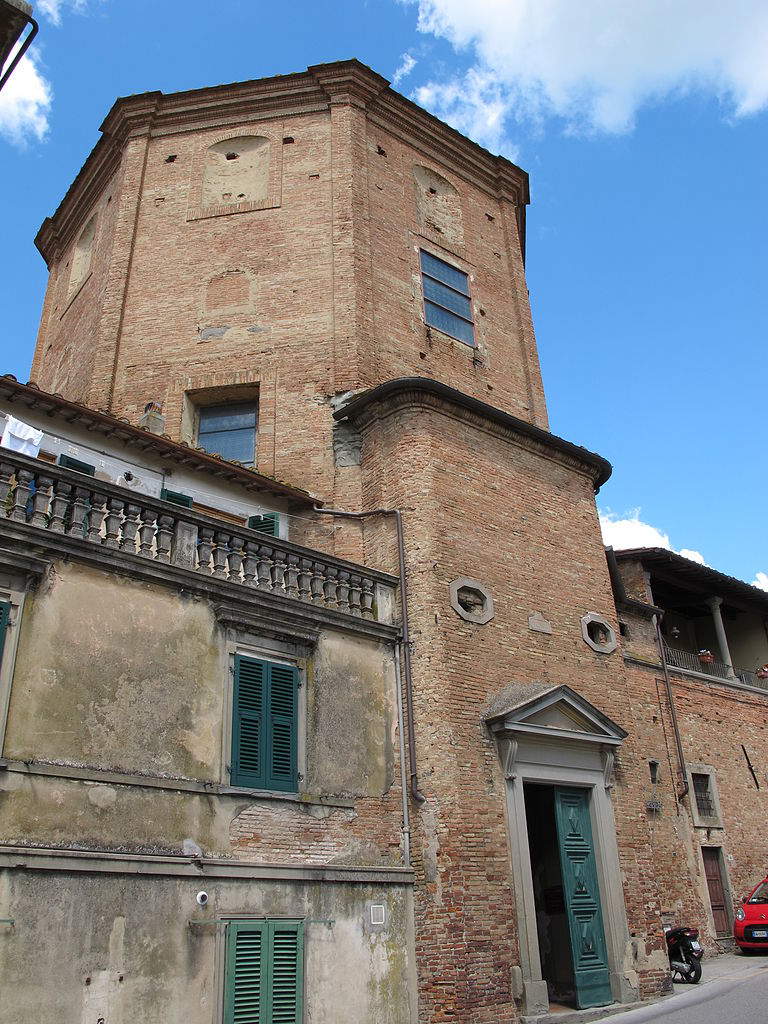
The earliest traces of a place of worship in this part of the town probably date back to before the year one thousand, and although the present appearance of the church dedicated to Saints Michael and Stephen is due to a series of transformations carried out at the turn of the 16th and 19th centuries, one only has to walk through its main door to touch on all the rich past. To fully appreciate how much is preserved by these ancient walls, however, one must sharpen one’s eyesight; only then, for example, will one notice the Tau, the symbol of the canons regular of St. Anthony Abbot, who formerly had a hospital here, walled on the outside of the church. A visit to the diocesan museum to admire numerous artifacts that have adorned this church for centuries is also a must.

Embraced by a grand eighteenth-century staircase and overlooking a terrace that lies in the space between the Rocca, the Cathedral and the town hall, the Church of the Crucifix has a sober, clean façade, but hides richly decorated rooms inside, including frescoes, stucco and marble altars. Anton Domenico Bamberini is credited with the scenes from the life of Christ that adorn all the walls, but also of great value are the 19th-century statues of the four evangelists in the pillars of the dome or the imposing pipe organ that dates from the mid-18th century. Inside the tabernacle of the high altar, however, is a rare 10th-century wooden crucifix.
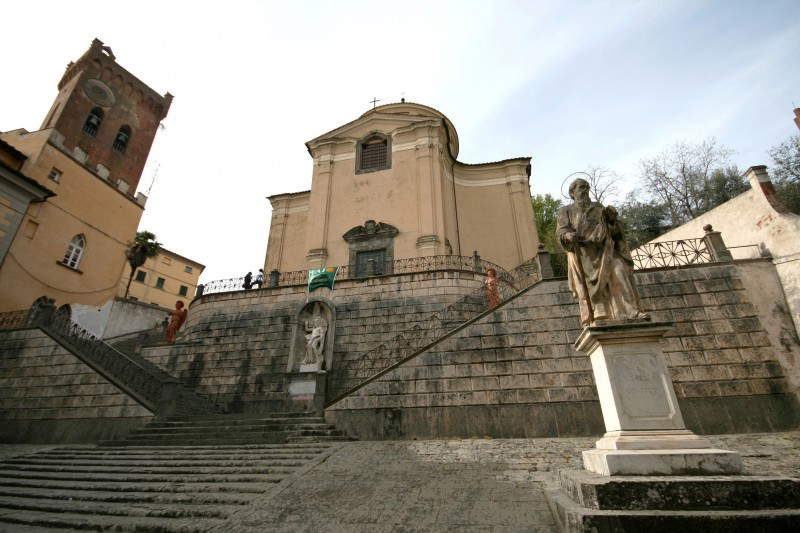
This magnificent 14th-century building contains within its walls the past and present of San Miniato. Century after century, the Palazzo Comunale has undergone restoration and expansion to adapt to the needs of the lords of the day, and each of these transitions has left indelible traces. Today the palace houses the Municipality of San Miniato, but it is also one of the most visited places in the town. On the ground floor, it is possible to admire the Oratory of Loretino, whose walls are decorated with a cycle of 15th-century frescoes. On the second floor, on the other hand, is the oldest room in the entire palace, the Hall of the Seven Virtues , the place where decisions were made for the leadership of the free municipality after the death of Frederick II and which is completely frescoed with sacred and civic representations dating back as far as the 14th century.

The construction of this fortified tower that stands out from the top of the hill of San Miniato dates back to the period between 1217 and 1223 at the behest of Frederick II. The tower was long a place of detention for political prisoners until it was gradually abandoned in the 16th century. During World War II the tower was completely demolished by the Germans, but was then faithfully rebuilt in 1958. Overall, the tower was just under 40 meters high and ended with several cylindrical brick columns that, together with the blind arches, recall the style of Sicilian bell towers. From its top there was in the past, and can still be enjoyed today, an extraordinary panorama stretching from the Apennines to the sea.
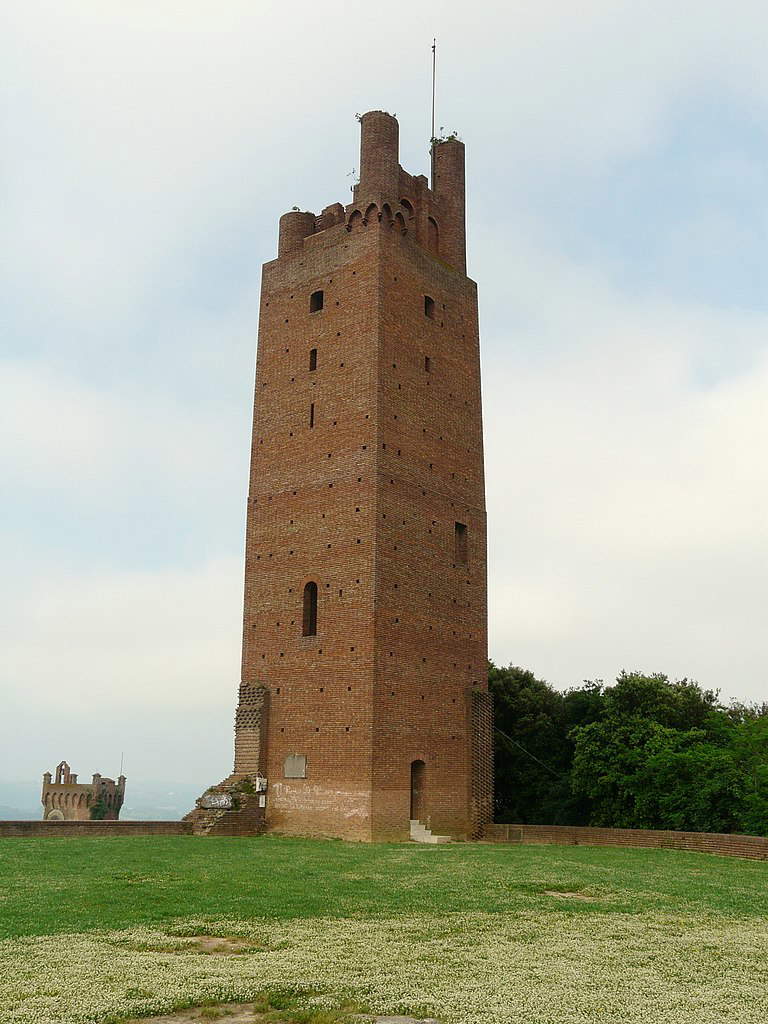
One of the gems of San Miniato’s magnificent cathedral square is definitely the large Diocesan Museum of Sacred Art. It is one of the first museums of its kind in all of Italy and is located within the premises that originally housed the sacristies of the cathedral. In the five rooms of the museum are collected more than 50 works from the various parishes of the diocese and placed in an order from the oldest, dating back to the 13th century, to those of the 19th century. In particular, one can admire frescoes, wooden panels, bas-reliefs, statues, bronze crosses, ceramic basins, canvases and an original scale model depicting the Church of the Most Holy Crucifix.
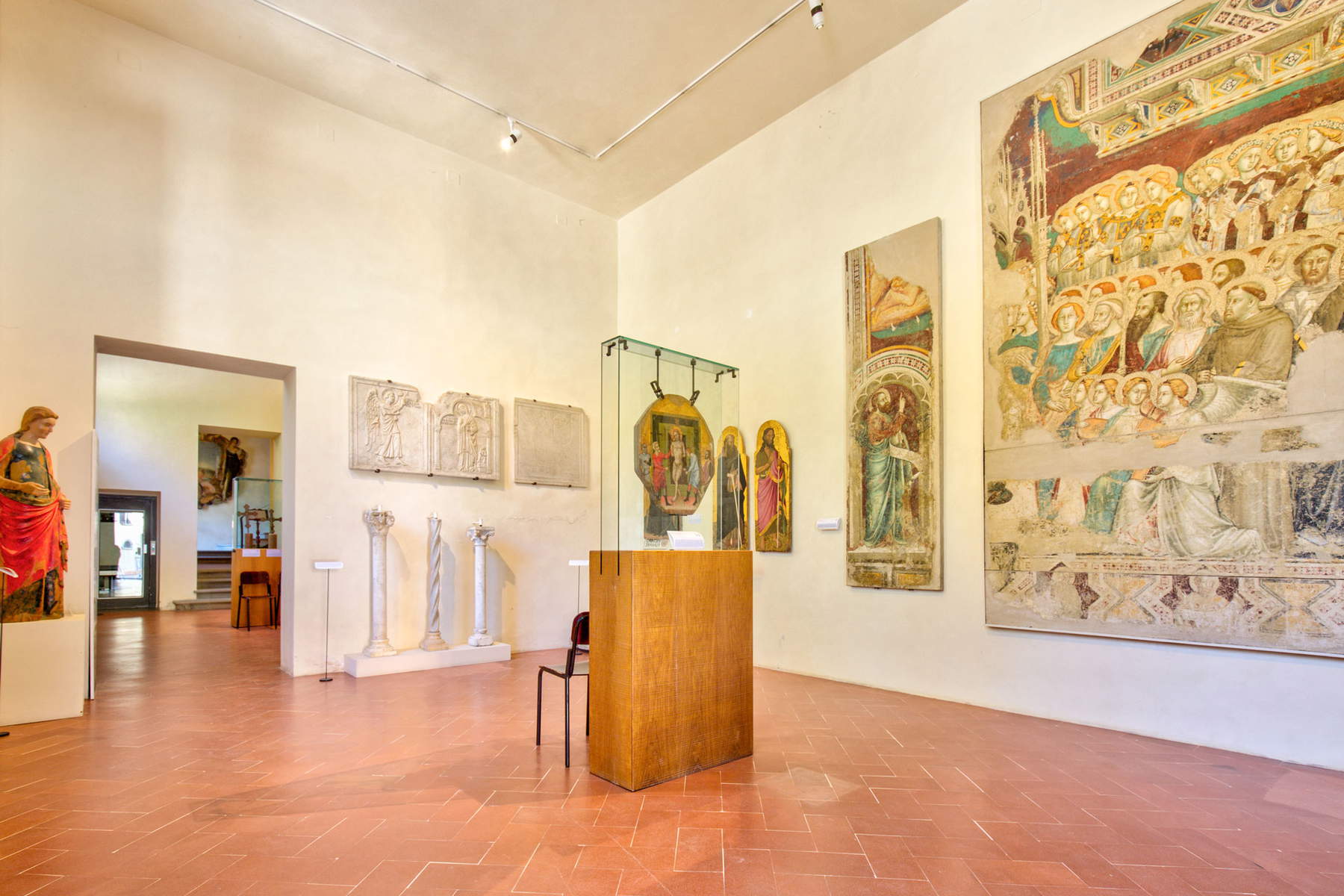
 |
| San Miniato, what to see: 8 places not to be missed |
Warning: the translation into English of the original Italian article was created using automatic tools. We undertake to review all articles, but we do not guarantee the total absence of inaccuracies in the translation due to the program. You can find the original by clicking on the ITA button. If you find any mistake,please contact us.